Hadrian’s Wall Path

The year was AD 122, and Emperor Hadrian ordered a wall to be built. This was no ordinary wall, however. This wall would represent the northern extent of the Roman empire and slice 73 miles (117 kilometers) through England nearly severing the entire island in half. It was built as a defensive fortification to protect against attacks from those barbarians who lived north of the wall.
And the wall was not a small project. It was 8 to 10 feet thick and may have stood up to 30 feet in height. Every Roman mile, a small milecastle was constructed that could house 12 to 20 men and a couple of turrets between each milecastle for additional posts.
It was a tremendous engineering feat that was completed in only six years. An estimated 15,000 people worked on its construction, and after completion, it is estimated that it required about 10,000 soldiers to fully man and patrol the wall.
After the Roman empire failed, Hadrian’s Wall fell into disuse and disrepair. Over the following centuries, much of the rock used to build it was repurposed for other construction projects such as castles, churches and even other rock walls. Another significant section was destroyed by General Wade to build a military road on top of the old wall to move troops during the Jacobite rising of 1745.
Be that as it may, there are still parts of the wall for viewing and today it is a UNESCO World Heritage site. Also, following near the wall, lies the Hadrian’s Wall Path, a walking path for those who would like to better explore and learn about this amazing structure and the Roman Empire, passing by several museums, forts and other points of interest related to the Roman Empire.
And this virtual walk will take you along a magnificent adventure to explore the Roman era.
Hiking the Hadrian’s Wall Path In Real Life?
For those of you interested in a real-life attempt at a Hadrian’s Wall Path thru-hike, I’ve made the GPS tracks that I recorded during my hike available for free. Read more about how to download the Hadrian’s Wall Path GPS tracks, and the caveats you should know about them.
| Stage Name | Length (miles) | Position (miles) | |
|---|---|---|---|
| 1. | Newcastle | 22.8 | 0.0 → 22.8 |
| 2. | Chollerford | 23.8 | 22.8 → 46.6 |
| 3. | Roman Army Museum | 12.1 | 46.6 → 58.7 |
| 4. | Carlisle | 17.5 | 58.7 → 76.2 |
| 5. | Bowness-on-Solway | 16.0 | 76.2 → 92.2 |

Roman yarnbomb
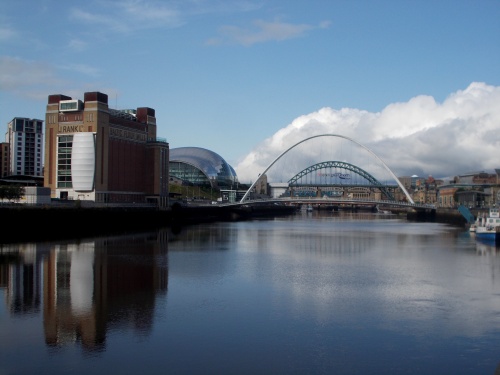
Newcastle Bridges
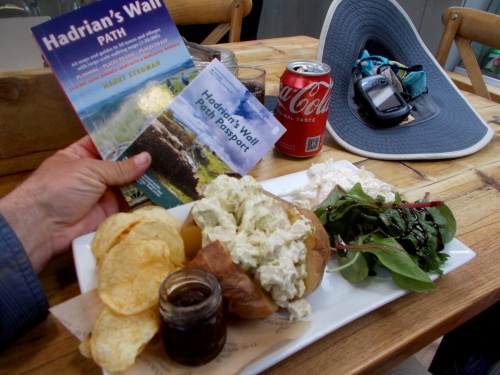
Jacket potato
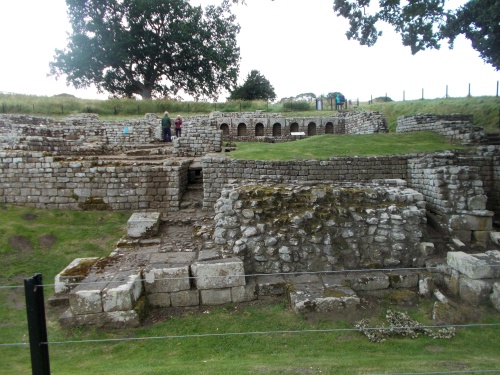
Chesters Roman Fort
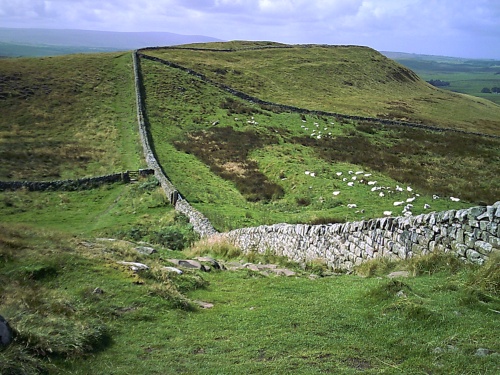
Hadrian's Wall

Honesty shed
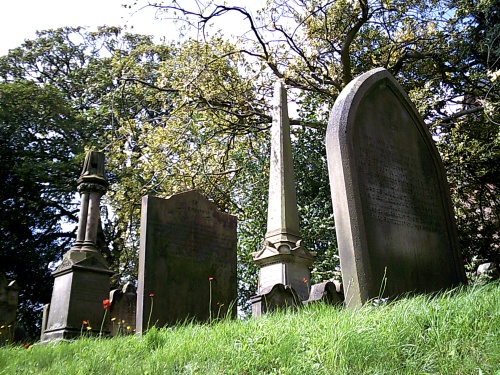
St. Johns Church Cemetery
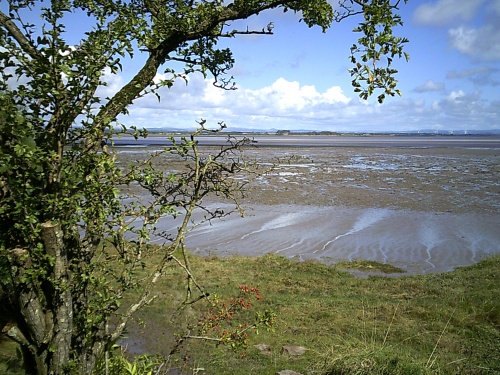
Bowness Marsh
